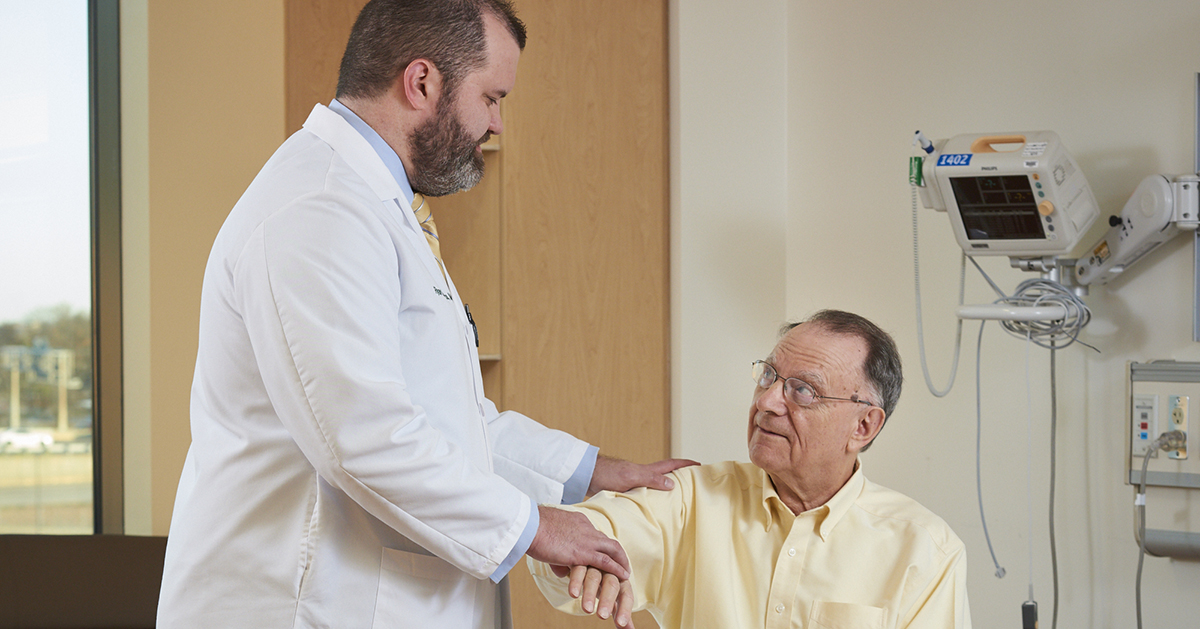
The Orthopedic & Spine Center at Missouri Baptist is ready to stand with you. Our team of leading orthopedic surgeons, neurologists and neurosurgeons join together to deliver world-class medicine and a supportive path to recovery.
Discuss Your Options
To help diagnose disease and develop treatment programs, we use the world's most advanced technologies, including PET, CT and MRI. We're not the only hospital that has these machines. But in the right hands, the best technology becomes even better.
Choose The Right Treatment
Surgery isn't always the answer. At the Orthopedic & Spine Center, we treat many patients successfully with drug therapies, physical therapy and rehabilitation. Our team of rheumatologists; plastic surgeons; physicians who specialize in pain management; and specially trained nurses, therapists and support staff are dedicated to finding the best treatment for you.
Our inpatient and outpatient rehab centers are here to keep your recovery — and you — in motion. Plus, as part of BJC HealthCare, you may use BJC Home Care for follow-up physical therapy as well.
For more information on our Orthopedic & Spine Center in St. Louis or to schedule an appointment at MoBap, please call 314.996.5433 or 800.392.0936.